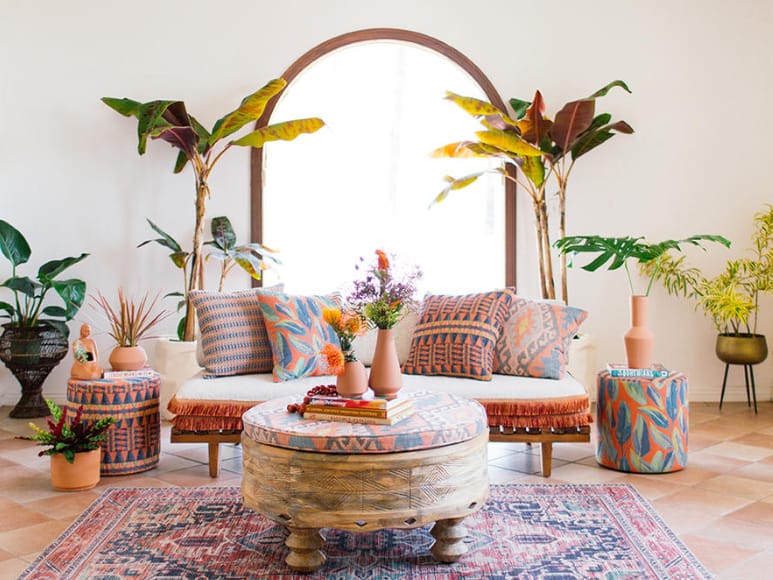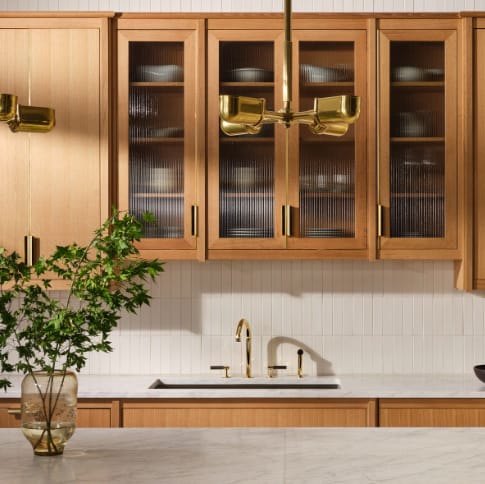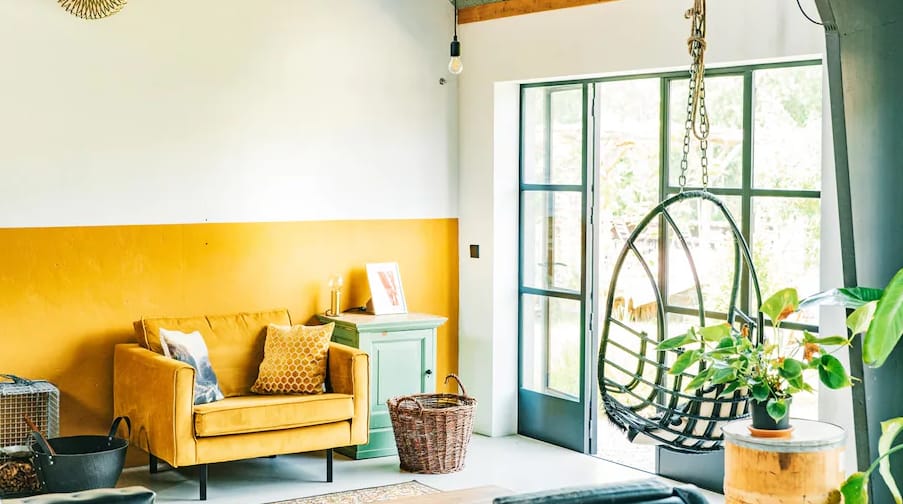If you are wanting to redesign part of your home, then it can often seem like a daunting task at first. Interior design sounds easy on paper, but a lot of people end up feeling like they have no design talent, and it can be stressful to redesign a room on your own terms. If you are new to home improvement and interior design, then getting started can be painful on your own.
Thankfully, the internet offers a good range of resources to help you adapt and can even be a great way to jump-start your interior design project.
But how do you actually get started as a first-time interior designer, and what kind of steps or options might be the best way to kick things off correctly?
1. Plan a Budget

When you first start planning a home design project, the most important thing to do is make sure you have an idea of how much it will cost.
The best way to do that is to make sure that you have a set budget in mind, even if that budget amount is still quite flexible and is not a hard limit that you have to follow.
Interior design and home improvement can be as cheap or expensive as they need to be, and that means that you often have to consider the cost of the project as a whole.
Everything you choose, from individual materials to larger pieces of furniture, needs to be considered as part of the whole project’s costs.
Common sense can really help here. For example, budgeting properly for furniture helps a lot, but you might not need as much budget for lighting.
Proportionally, the more important pieces of your interior design project (furniture, new constructions, etc.) should take up more of the budget, since they will have the biggest impact
2. Consider Your Preferences
A lot of people will jump into interior design by trying to look up countless other bedrooms, either as inspiration or as a way to see what kind of elements would fit their own best. However, it is also important to think about what you want, too.
It is easy to get swept up in trying to copy a style that looks nice, but you have to consider that you will be using the bedroom daily.
You want a style that works for you, rather than something that would look nice to an outsider – even if this means going for unusual color schemes or specific material choices.
3. Identify Your Goals

Goals are always important to have in mind when doing interior design, whether you are wanting to redecorate an entire room or just get a new look and feel to a space.
You need goals to help you actually figure out what you should be doing next, especially if your interior design work is part of a much larger whole-house home improvement project.
For example, let’s say you want to improve your bedroom by moving some furniture around, buying a new bed, and making some minor changes to the room’s overall style.
Those goals might only be a small part of a larger set of changes to your home, but they also give you something to focus on.
Treating your end goals like a room-by-room checklist makes it much easier to break down the costs and time investments of each step.
This can also help keep you motivated since you will be able to slowly “check off” each part of the project rather than treating it like a single vague goal to pursue.
4. Understand Which Rooms Should Be First
Choosing which parts of your house to take the first step is largely up to you, but it is a good idea to think about which areas of the home you want to redecorate first. If you are doing home improvement and interior design work for more than just one room, then prioritizing is important.
In some cases, it makes sense to go for the easiest rooms first, but there may be times when you want to make the biggest changes immediately so that you are not struggling with them in the final stage of the project.
Really, this depends on any deadlines or timeframes you are trying to work under, as well as your own personal preferences.
Keep in mind that every project is different, and there are no perfect options that suit every home. You need to use your own common sense and preferences to help guide your work, especially if you want to make changes that you will be happy with in the long term.
5. Use Online Furniture Storefronts

Going for local furniture stores might give you an easy way to inspect the furniture itself, but you also miss out on the convenience of online stores – many of which hold a much wider variety of furniture, decorations, and even raw materials for DIY work.
Using online storefronts means that you can find more specific items rather than being limited purely to what your local furniture and Diy stores can offer.
For example, if you want a very particular kind of high quality glass display cabinet unit, then you can start looking online to see a much wider range of cabinet options that might fall within your exact needs.
Never be afraid to explore online stores to find interior design options. Whether you have a very specific home improvement project in mind or are still in the early stages of figuring out what you want, online sellers and stores can be a great option for finding unique furniture that could serve as the core of a newly-decorated room.
6. Don’t Get Stressed
It is very easy to end up stressing yourself out over interior design and home improvement work, but there really is no a good reason to. Most of these projects can be a lot simpler than you might think.
Do not push yourself too far, and do not feel any kind of pressure to go for a style or aesthetic that you are not a fan of. If you stick to design options that you already like, you can guarantee results that you will be happy with.
